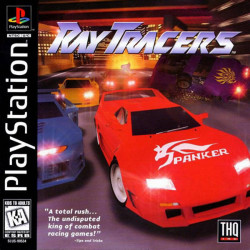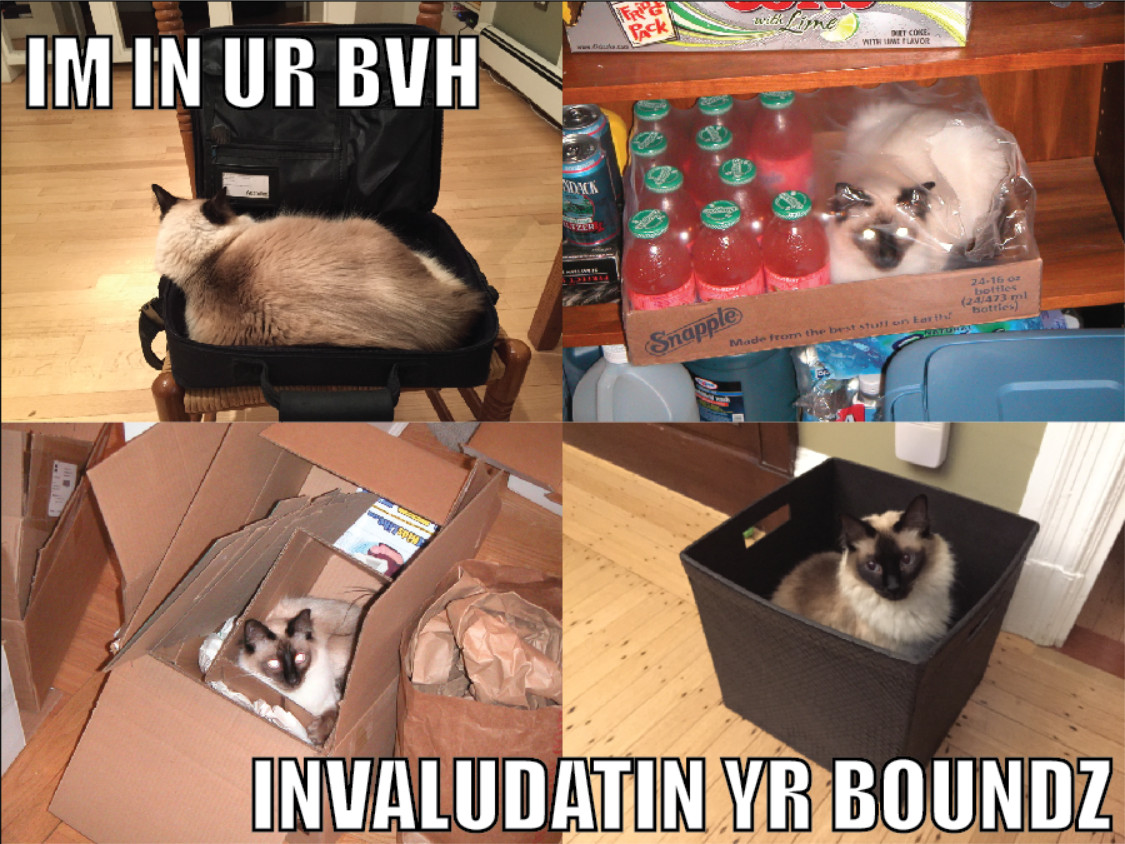First two are the real reason for the post, the third is something I read today, the rest are bits from my twitter feed, in case you don’t hang on my every word there.
- Jendrik Illner summarizes graphics blog articles in his Graphics Programming weekly. Think of it as your one-stop blog for computer graphics. I wasn’t sure if he’d stick with it, seems like a lot of work to me, but he’s nearing a year’s worth of issues.
- The free, weekly Level Up Report by Mark DeLoura provides pointers to all sorts of developments and resources for learning through games, coding, and making. Subscribe!
- Predatory Open Access journals – recent summary from The Economist, with some sad tales. Wikipedia notes some other sting operations, and also gives some counter-criticism.
- Open source’s use in commercial products is on the rise, with a surprising average of 57% of the code in a proprietary application’s codebase being open.
- Jamie Wong created a pleasant, profusely illustrated introduction to color science for computer graphics display.
- I truly start with NVIDIA in August. With my time off, I’ve been occasionally finding time to have fun, with little projects in three.js such as this editable illusion and this local demoparty entry, and my chex_latex script now works on plain text files (yes, after too much time on The Book, I find copy editing fun, or at least a compulsion). Nothing astounding, keep your expectations low.
- I don’t understand why people keep saying there has never been a mainstream game using a ray tracer. Here’s one from 1997 by Taito on the PlayStation:


